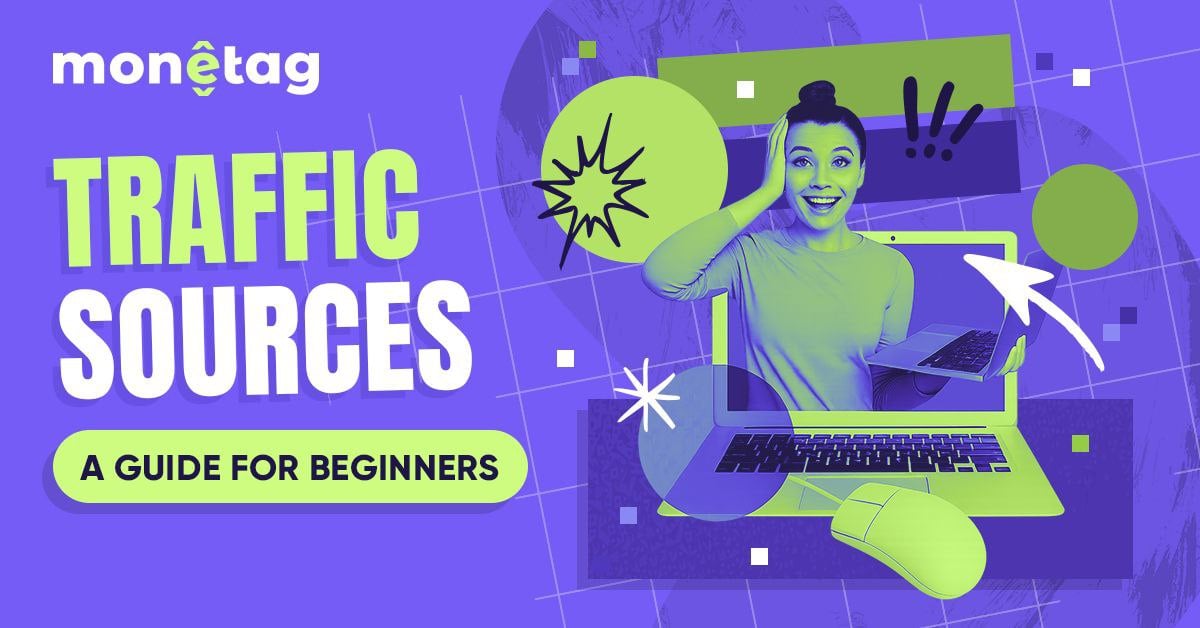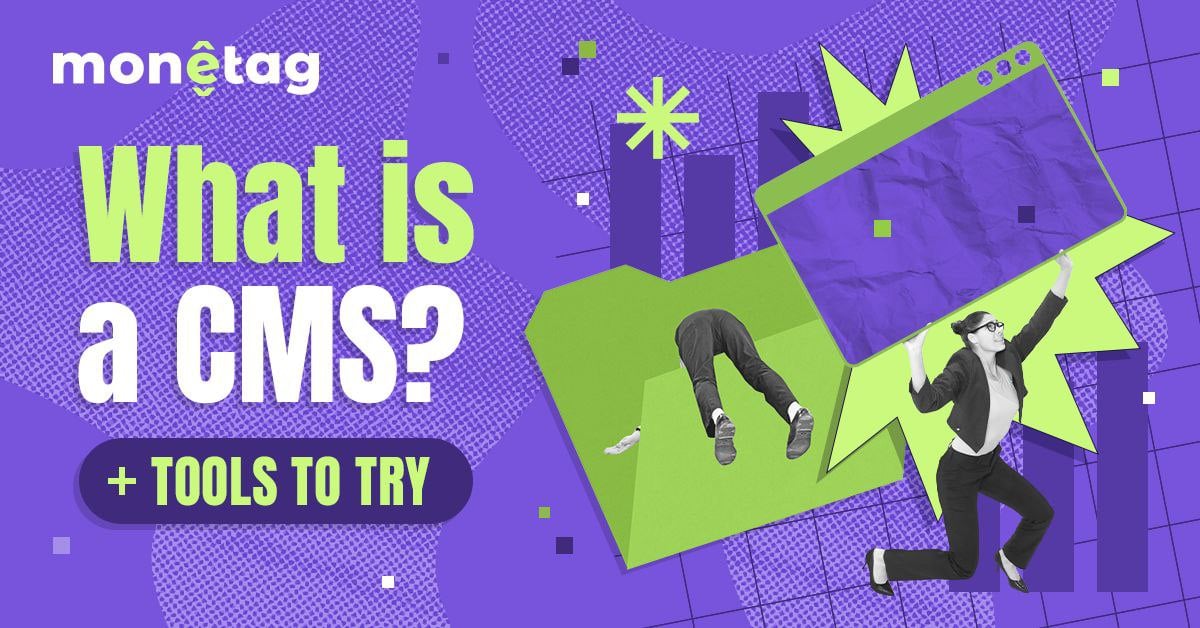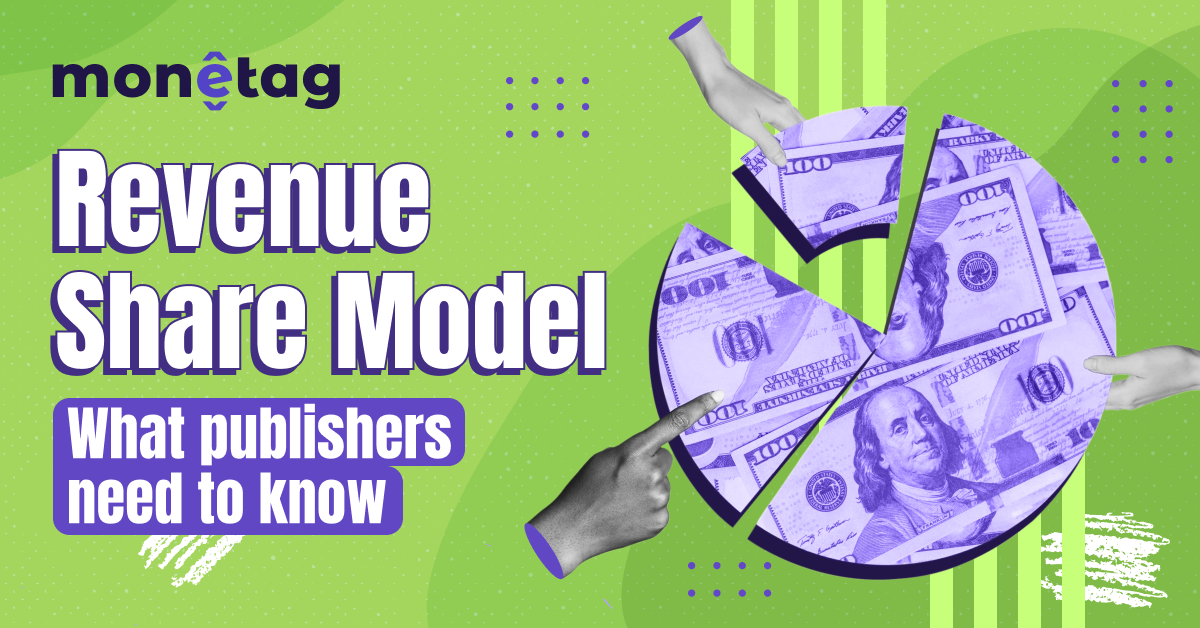| Monetization Method | How It Works | Pros | Cons | Ideal For |
|---|---|---|---|---|
| Standard Display Ads | You show generic ads through ad networks (e.g., Google AdSense). | Easy setup, requires minimal maintenance, passive income. | Low RPMs, ad-blockers reduce visibility, limited control over content relevance. | Beginners or publishers relying mainly on ad impressions. |
| Affiliate Marketing (Manual) | You manually select offers and add affiliate links into your reviews or content. | More control, higher commissions, performance-based earnings. | Time-consuming to find & test offers, requires constant optimisation, earnings vary. | Experienced publishers who focus on product content & SEO. |
| Affiliate Marketing with Monetag Smartlink | Monetag Smartlink auto-optimises your traffic, showing top-performing offers per user, device, and location. | AI-driven offer selection, maximised revenue per click, effortless integration, built-in analytics. | None significant – just plug in and track results. | Publishers who want passive, scalable, and high-ROI monetisation. |
Traffic? Make it Pay – How to Become an Affiliate Marketer and Slay

Make traffic work for you: every click, every reader on your site is your chance to earn more without adding extra ads. This is the power of affiliate marketing – getting paid when your audience buys what you recommend. And if you’re a publisher or website owner, the question of “how to become an affiliate marketer” isn’t theory; it’s your next revenue stream. Review products, list deals, share what your audience loves, and make a living out of it.
And you don’t even need to chase offers. One link can automatically find the best-converting ones for your traffic.
It’s quick, smart, and built for publishers who want to monetise efficiently.
Join us in this adventure, and let’s break it down to help you start turning content into cash, now!
Affiliate Marketer Breakdown
An affiliate marketer is anyone who drives traffic or sales for a merchant using special links and earns a commission when those actions happen.
As a publisher with a website, you already have one leg in the game: your traffic. So, you can just add relevant affiliate promotions (in review articles, product listings, or recommendation posts).
Here’s how this whole system works:

How Affiliate Marketing Works, Source: Shopify
And, as simple as that, you can make money while you sleep, instead of relying solely on standard ads.
To simplify things even more for you, we created an easy, 5 steps to become an affiliate marketer.
Step 1: Choose your Niche & Match It To Your Audience
The first step in how to get started as an affiliate marketer, you decide what to promote.
Because you’re a website owner, the best thing is to pick a niche aligned with your site’s theme. This gives you authenticity and higher conversion rates.
For example, if your site reviews home-tech gadgets, your niche might be smart home devices.
The better you define your niche market, the easier it can be to build an affiliate platform and create original content that meets your audience’s needs.
Keep in mind that the perks of affiliate marketing are to increase sales, attract more web traffic, improve brand awareness, and connect with the affiliate’s audience.
Mo money – yes. Fewer problems, however, as you’ll have less of a headache by matching your niche to your affiliate marketer audience.
Step 2: Build Or Optimise Your Publishing Platform
If you already have a website, you’re ahead. But if you don’t, you need to build one. A blog or review-site works well for affiliate marketing. According to one guide:
A single website collects all of your work in one place, making it easier for your followers to connect with you across all your content creation channels.
With it you can:
- Generate review-articles, “best of” lists, comparison tables (perfect for affiliate promotions)
- Drive SEO traffic and keep content fresh
- Make sure your site loads fast, looks professional, and has clear call-to-actions
Because content quality and user trust result in higher earnings, promoting affiliate links through your website will help you increase your ROI tenfold.
Step 3: Select Affiliate Programs & Monetisation Tools
Now that you’re set up, you discover how to become an affiliate marketer by choosing the right programs. Key steps:
- Join affiliate networks (e.g., CJ, PropellerAds, Awin, Impact, Shopify) or brands with in-house programs.
- Choose offers (make sure to stay relevant to your niche and audience)
- Consider monetisation tools like Monetag Smartlink that simplify your workload.
You can just plug in a Smartlink that automatically optimises for best converting offers, reducing your manual leg-work, and maximising revenue.
Note: Always declare affiliate relationships to stay compliant and true to your audience. Most often they can understand you’re using affiliate links, and owning it makes you even more reliant.
Step 4: Create Content That Converts
To make money as a affiliate marketer, traffic alone doesn’t cut it. Your content must persuade.
Some of the best content formats are Product Reviews, Best of lists, or How-to guides tied to a product.
Strong content creation abilities let you scale your efforts across multiple platforms and formats, maximizing your affiliate reach.
Make sure to add your affiliate link (and Monetag Smartlink) only where it makes sense. Whether that’s in-line, at the end, in banners, ensure your readers see value first.
Step 5: Drive Traffic & Optimise for Performance
You might already have visitors, but to really scale as an affiliate marketer you must optimise and expand like this:
- Use SEO to capture high-intent keywords (e.g., “best budget smart home device 2025”)
- Promote via your newsletter or social channels (if you have them)
- Track your conversions, and cut what doesn’t work, doubling down on winners
The latest data shows affiliate marketing is projected to reach over US $37 billion in 2025 – so the opportunity is real.
Quick comparison: Standard Ads vs Affiliate Links
As you can see, adding affiliate marketing doesn’t replace ads. It supplements them and can significantly boost revenue.
However, while standard ads give you pennies per click, manual affiliate links take work but pay better.
But out of all only Monetag’s Smartlink does the heavy lifting of auto-matching your traffic with the best-converting offers.
What’s next: Your Action Plan
Being an affiliate marketer and publisher simultaneously tale more than just owning a site, an audience, and the ability to influence.
However, if you follow these steps you’ll become an affiliate marketer in the clearest sense:
- Choose a niche aligned with your site.
- Optimise/publish your site for reviews & affiliate content.
- Join affiliate programs and integrate Monetag Smartlink.
- Produce high-value content that converts.
- Track, optimise, and scale.
If you’re ready to see how to make money as a affiliate marketer, plug in Monetag Smartlink, choose offers your audience needs, and get started today.
Let’s make your site work harder and turn your traffic into dollars.






